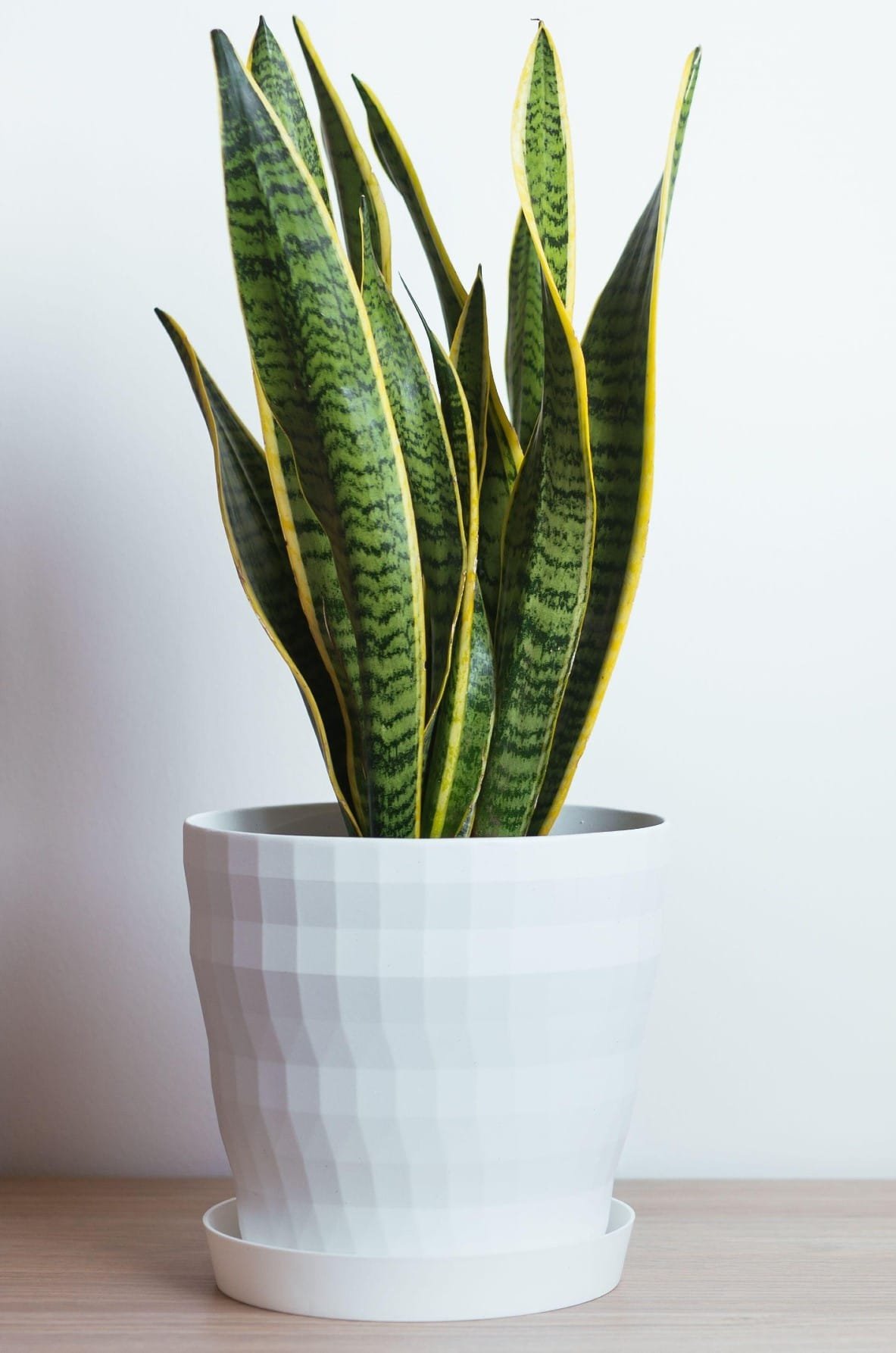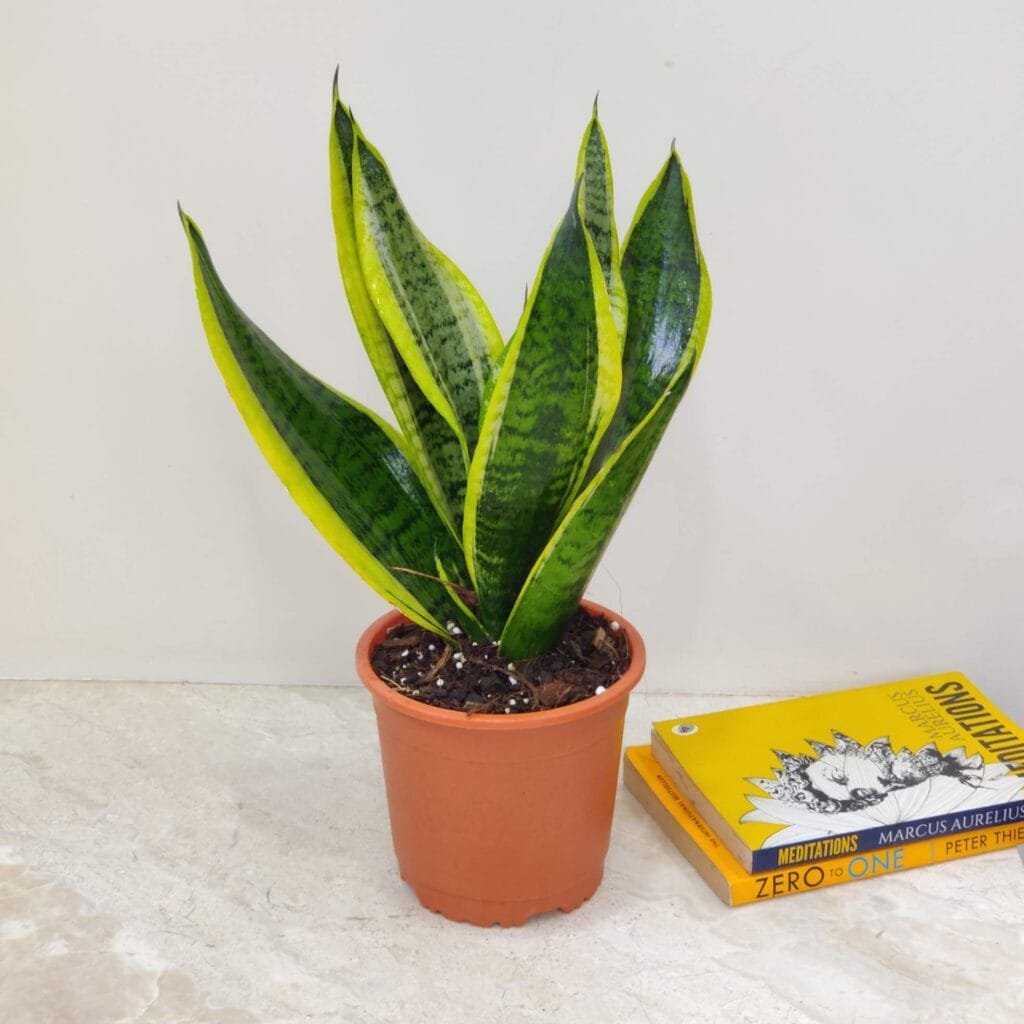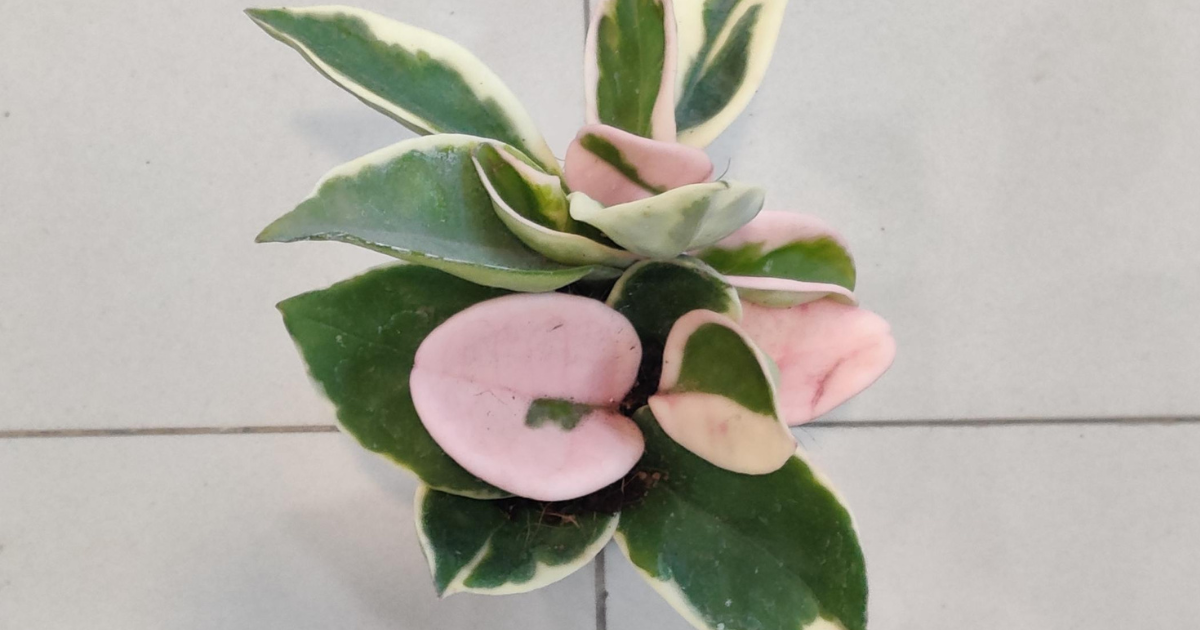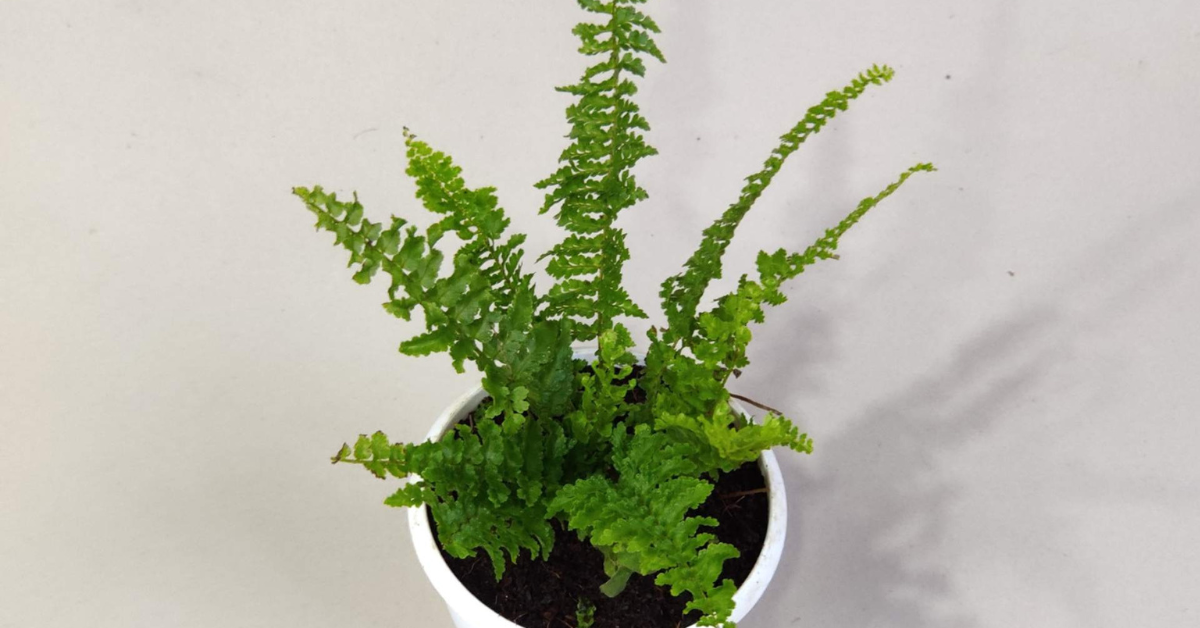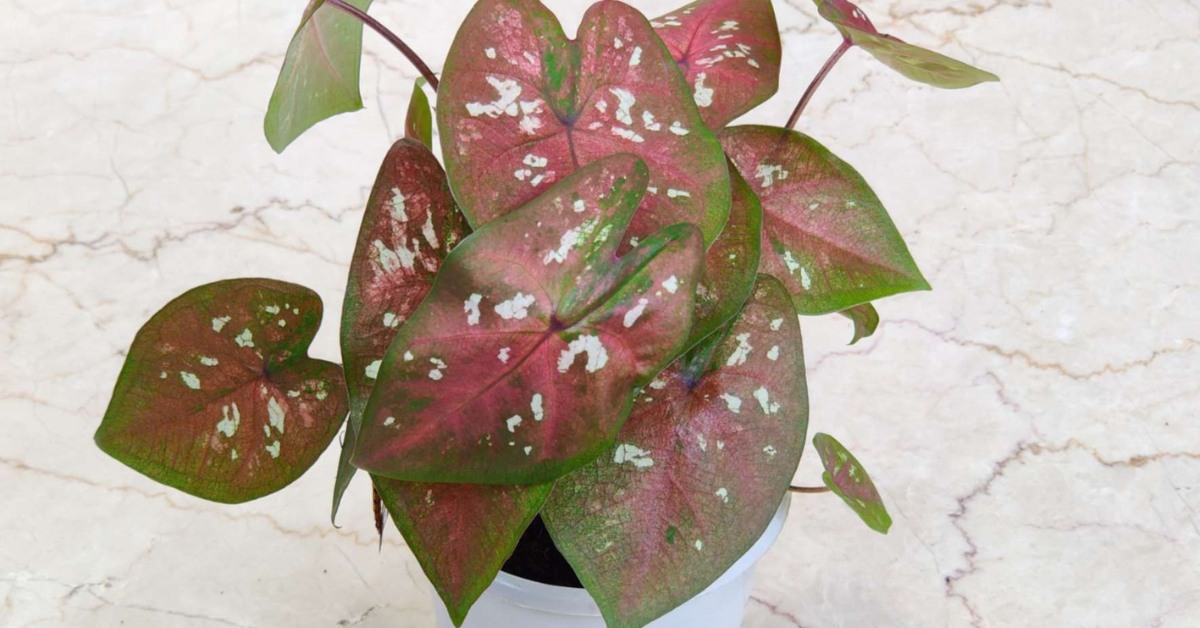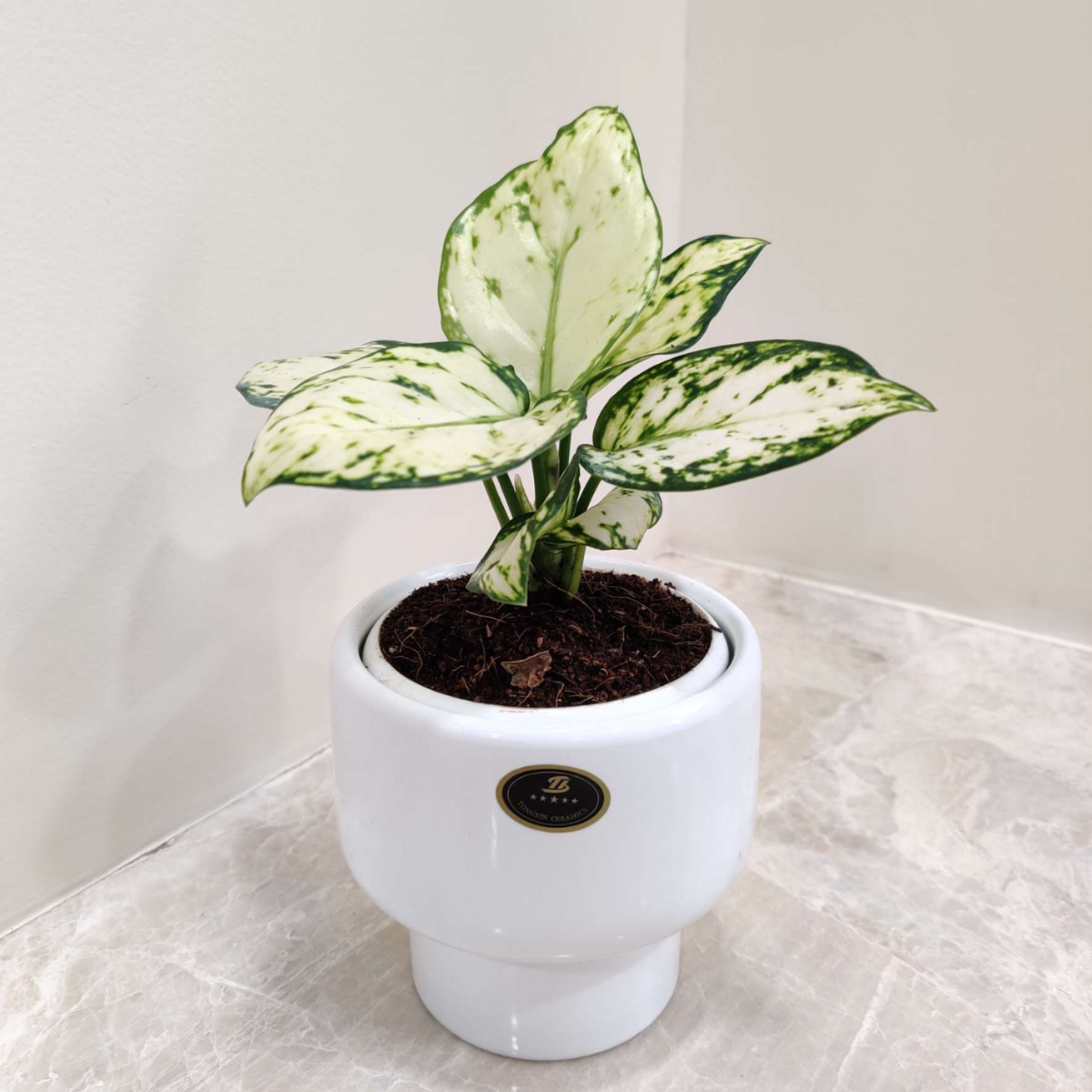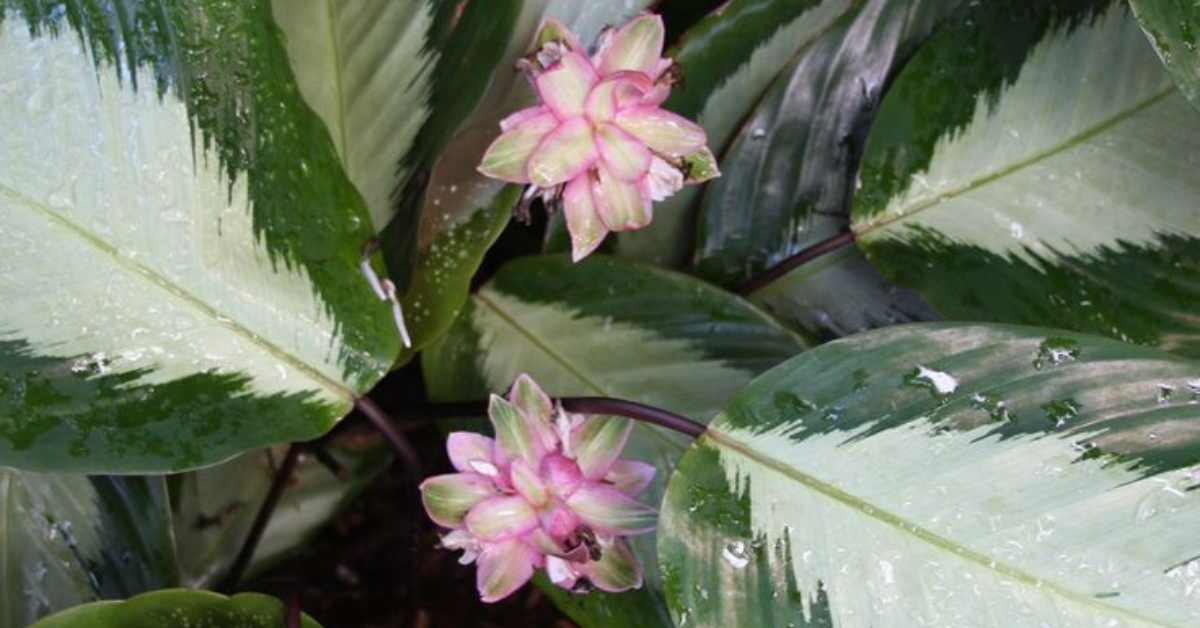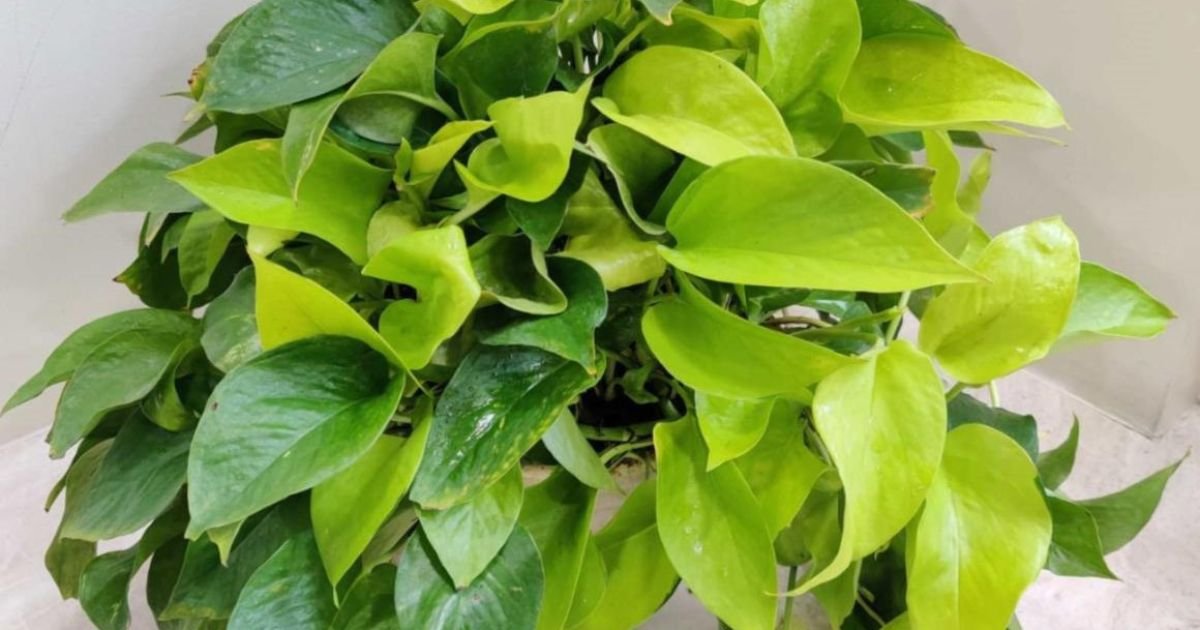Are you looking for a plant that brings beauty, harmony, and healing energy into your home? Meet the snake plant—a striking, low-maintenance houseplant known not only for its air-purifying qualities but also for its powerful spiritual meaning and positive Feng Shui impact.
In this in-depth guide, we’ll explore:
- The spiritual significance of the snake plant
- Its numerous health and wellness benefits
- How it aligns with Feng Shui principles
- Care tips for beginners and pros
- Easy propagation methods
- And answers to frequently asked questions
Whether you’re a plant enthusiast, energy healer, or simply someone seeking tranquility and good fortune at home, this blog post is your go-to resource.
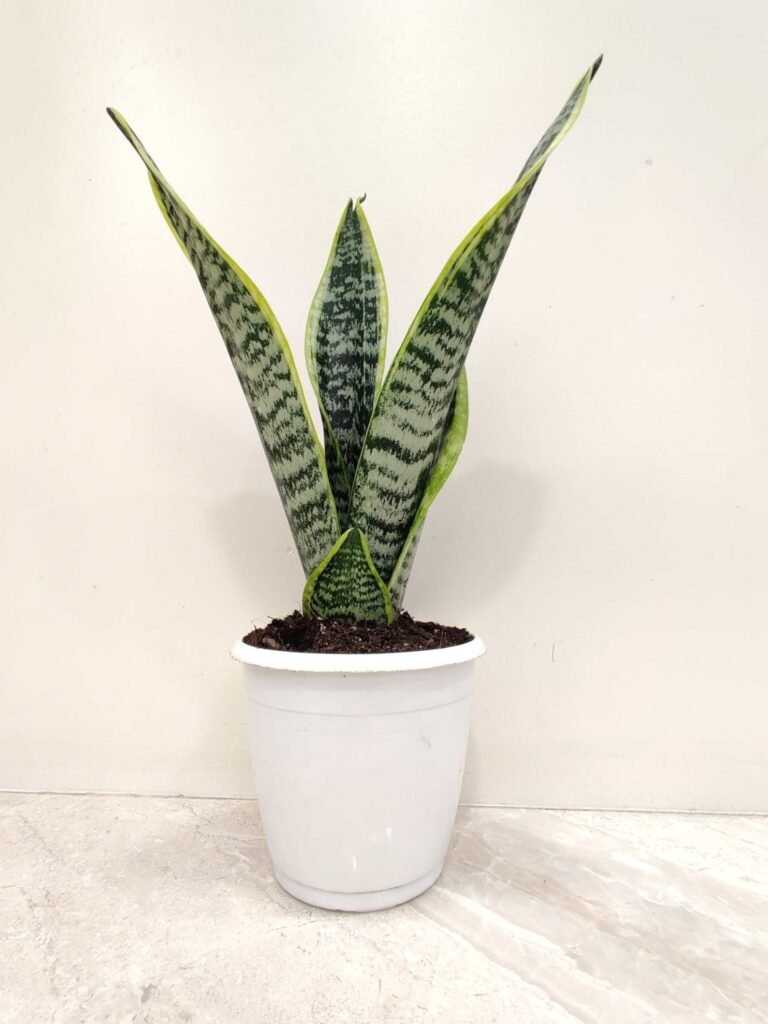

What Is a Snake Plant?
The snake plant (Sansevieria trifasciata), also known as Mother-in-Law’s Tongue, is a hardy, evergreen houseplant with tall, sword-like leaves. Native to West Africa, it has become a staple in homes worldwide due to its:
- Tolerance for neglect
- Ability to thrive in low-light conditions
- Impressive air-purifying capacity
- Deep spiritual and symbolic meanings
Spiritual Meaning of the Snake Plant: Ancient Wisdom in Modern Homes
For centuries, cultures around the world have believed in the energetic power of plants—and few embody this spiritual legacy as strongly as the snake plant. Also known as Sansevieria or Mother-in-Law’s Tongue, this upright, sword-leaved plant isn’t just a stylish indoor decor piece—it’s a guardian of energy, prosperity, and inner peace.
1. Absorbs Negative Energy Naturally
In energy healing and Feng Shui traditions, the snake plant is praised for its ability to absorb negative energy—be it emotional tension, spiritual interference, or electromagnetic radiation from electronics.
Its vertical, blade-like leaves act like natural spiritual antennas, neutralizing toxic vibes and creating a calming, grounded atmosphere. This makes it the perfect plant for empaths, healers, or anyone seeking a spiritually balanced home.
Placement Tip: Place your snake plant at the entrance of your home, hallways, or next to main doors to prevent negativity from entering. It acts as a spiritual gatekeeper.
2. Symbol of Strength and Protection
The strong, upright leaves resemble protective swords, which is why snake plants are often called “spiritual guardians”. They’re believed to repel:
- Envy
- Malicious intentions
- Emotional drainers
In energy-sensitive environments, snake plants become a natural barrier against harmful frequencies and subtle spiritual attacks.
Feng Shui Insight: Placing the plant beside windows, near mirrors, or home altars can further protect your aura and cleanse your space of stagnation.
3. Brings Prosperity and Positive Vibes
Want to manifest abundance? The snake plant is a Feng Shui favorite for attracting money, growth, and success. According to the Bagua map, the southeast corner of your home is your wealth zone—and placing a snake plant here is believed to amplify financial flow.
Money Magnet Tip: Position one near your workspace, cash drawer, or home office to align with prosperity energy and career growth.
4. Promotes Emotional Stability and Balance
Snake plants represent perseverance and emotional clarity. Their structure is both grounding and uplifting, perfect for restoring balance in homes with emotional tension or spiritual imbalance.
Pairing them with crystals, natural wood decor, or zen water features creates a sanctuary of calm and mindfulness.
Decor Tip: Use snake plants in meditation corners, reading nooks, or therapy rooms to promote healing and emotional equilibrium.

Health and Wellness Benefits of the Snake Plant: Breathe Better, Live Better
Beyond spiritual harmony, the snake plant is a health powerhouse. From purifying indoor air to boosting mental wellness, this plant is a must-have for conscious, health-loving households.
1. Natural Air Purifier
The NASA Clean Air Study identified snake plants as one of the most effective houseplants for air purification. Unlike many other plants, snake plants release oxygen at night, making them ideal for bedrooms.
They absorb harmful indoor pollutants such as:
- Benzene (paint, tobacco)
- Formaldehyde (cleaning supplies)
- Xylene and Toluene (glues, varnishes)
- Trichloroethylene (solvents)
- Carbon dioxide
This results in cleaner, more breathable indoor air—essential for apartments, workspaces, or rooms with poor ventilation.
Home Hack: Place one in every room where you spend significant time—especially bedrooms, living rooms, and offices.
2. Improves Sleep Quality
Many houseplants stop photosynthesis at night—but not the snake plant. It keeps producing oxygen while you sleep, contributing to:
- Improved breathing
- Deeper REM cycles
- Reduced snoring and mild sleep apnea symptoms
It also filters airborne irritants that can disrupt rest, such as dust particles or toxins.
Pro tip: Position a snake plant near your bed, air conditioner, or nightstand for a calming bedtime boost.
3. Reduces Allergens and Respiratory Problems
Snake plants help eliminate allergens, mold spores, and airborne dust, making them a natural ally for those with asthma, seasonal allergies, or sinus issues.
If you’re looking for a chemical-free way to manage respiratory discomfort, this plant is an excellent choice.
Wellness Tip: For allergy sufferers, combine snake plants with humidifiers and HEPA filters to create a pure breathing zone.
4. Boosts Mental Clarity and Emotional Wellness
Snake plants have a surprisingly strong impact on mental health and mood. Research and anecdotal evidence show they can:
- Lower cortisol levels (stress hormone)
- Enhance productivity and focus
- Combat anxiety and burnout
- Promote emotional recovery
Their calming green hues and symmetrical form bring an aesthetic sense of order and peace, ideal for those working from home or navigating emotional stress.
Therapy Tip: Place one in your workspace, reading corner, or meditation zone to create a calming emotional buffer.
Why Plant Lovers Adore Snake Plants
For plant lovers, snake plants offer that perfect combination of:
- Low-maintenance charm
- Decor versatility
- Holistic wellness benefits
- Spiritual richness
Whether you’re into Feng Shui, natural healing, or simply want an elegant plant that works hard behind the scenes, the snake plant is an absolute gem.
Add one (or three!) to your space and feel the transformation—not just in the air you breathe, but in the energy you carry.
Remember, a thriving snake plant not only purifies your air and energy—it reflects the health of your home. If your plant is drooping, it may be trying to tell you something. Find out what it means and how to fix it here.
Snake Plant in Feng Shui and Energy Healing
1. Balances Chi (Qi)
Feng Shui experts recommend using snake plants to balance stagnant or excessive chi, especially in:
- Office spaces
- Living rooms
- Entryways
2. Deflects Electromagnetic Radiation
Place your snake plant near:
- Wi-Fi routers
- TVs
- Computers
It’s believed to soak up harmful EMF emissions, which can disturb sleep and concentration.
Snake Plant Varieties Worth Knowing
There are over 70 species of snake plants. Here are a few must-have varieties:
1. Laurentii Snake Plant
Classic green leaves with yellow edges – elegant and easy to find.
2. Sansevieria Cylindrica
Cylindrical, tube-like leaves – a sculptural beauty.
3. Bird’s Nest (Hahnii)
A compact variety, perfect for desks and shelves.
4. White Snake Plant (Bantel’s Sensation)
White-striped leaves for a minimalist aesthetic.
5. Twisted Sister
Unique curly leaves – adds a quirky touch to decor.
From classic Laurentii to rare Bantel’s Sensation, find a variety that matches your style and space.
How to Care for a Snake Plant
Snake plants are often called unkillable houseplants, but some simple care tips will help them thrive.
1. Lighting Needs
- Best in bright, indirect light
- Tolerates low-light or artificial light
2. Watering Schedule
- Water only when soil is completely dry
- Avoid overwatering to prevent root rot
3. Soil and Potting
- Use well-draining cactus or succulent mix
- Choose pots with drainage holes
4. Cleaning and Maintenance
- Wipe leaves with a damp cloth to remove dust
- This boosts air-purifying and energy-clearing benefits
How to Propagate Snake Plants
Step-by-Step Guide:
- Cut a healthy leaf close to the base.
- Let it dry for 24–48 hours to prevent rot.
- Place in water or soil with indirect sunlight.
- Wait 3–5 weeks for roots to develop.
- Transplant to a new pot with fresh soil.
Give your plants the care they deserve with our curated range of pots, soil mixes, and natural fertilizers.
Common Issues and Solutions
| Problem | Solution |
|---|---|
| Yellow Leaves | Caused by overwatering; allow soil to dry out completely. |
| Droopy Leaves | May indicate too much shade or cold exposure. Move to a warmer spot. |
| Brown Tips | Usually due to low humidity or dry air; mist occasionally. |
| Root Rot | Caused by soggy soil; repot in dry, well-draining mix. |
Snake Plant and Pets: Safety Note
Important: Snake plants contain saponins, which are mildly toxic if ingested. Keep them out of reach of:
- Cats
- Dogs
- Small children
Snake Plant Uses Beyond Decor
Besides being a spiritual and decorative houseplant, the snake plant has traditional uses (though not scientifically verified):
- Topical treatment for minor burns (apply the sap)
- Anti-inflammatory properties
- Headache relief
- Energy healing rituals
Note: Always consult a professional before medicinal use.
Final Thoughts: Why Every Home Needs a Snake Plant
In today’s fast-paced world, the snake plant is more than a houseplant—it’s a symbol of resilience, purity, and prosperity. Whether you believe in its spiritual properties or simply appreciate its stylish, easygoing charm, this plant brings undeniable value to any home or workspace.
Purifies air
Enhances energy
Boosts well-being
Requires little care
Symbolizes strength and success
Ready to invite the healing power of the snake plant into your life?
Drop your favorite snake plant variety in the comments below and share how you’re styling it in your space!
FAQs
1. What is the spiritual significance of snake plants?
They symbolize protection, resilience, and good fortune, and are believed to ward off negative energy.
2. Can snake plants help me sleep better?
Yes! They release oxygen at night, improving air quality and supporting restful sleep.
3. Where should I place my snake plant for the best spiritual impact?
According to Feng Shui:
- South or East corners attract prosperity
- Near the front door blocks negativity
4. Are snake plants good for mental health?
Absolutely. They reduce stress, anxiety, and promote emotional stability.
5. How often should I water my snake plant?
Water every 2–3 weeks, or when the soil is completely dry.
6. Is the snake plant toxic?
Yes, mildly toxic to pets and humans if consumed.
7. Can snake plants survive without sunlight?
Yes, they tolerate low light but thrive in bright, indirect light.

